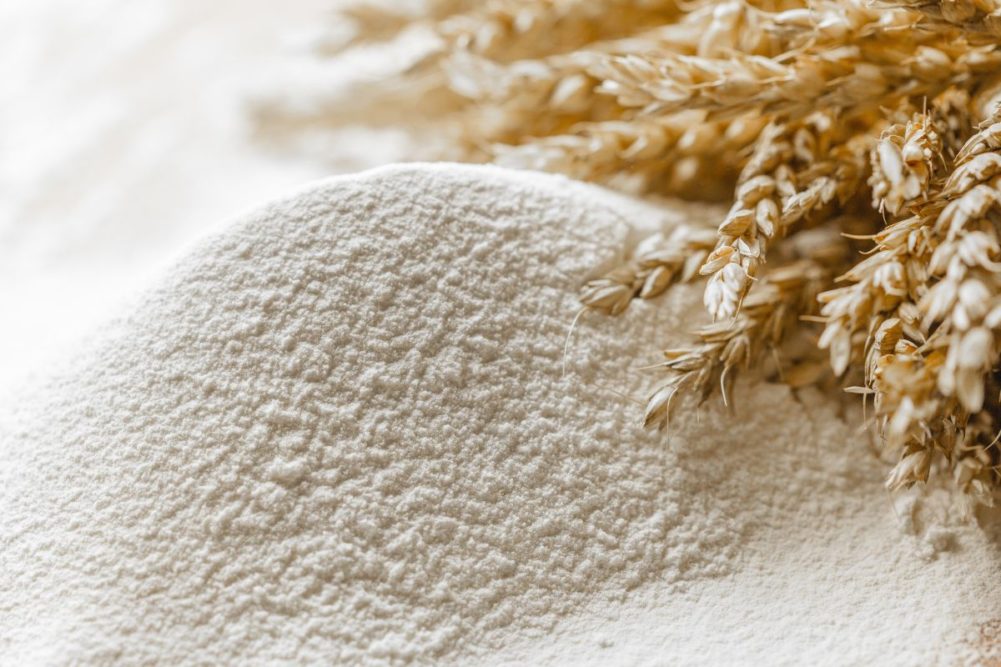ISLAMABAD, PAKISTAN — Despite slight increases expected for wheat production and imports in Pakistan, consumption is forecast to outstrip supply in marketing year 2023-24 in the country with the world’s fifth largest population, according to a Global Agricultural Information Network report from the Foreign Agricultural Service of the US Department of Agriculture (USDA).
Although a slight reduction in planted area is anticipated, wheat production in Pakistan is projected to increase 2% to 27 million tonnes, with wheat yield expected to rise due to favorable weather conditions and better availability of irrigation water. However, wheat consumption is forecast to increase 3% in 2023-24, the USDA said, in one of the fastest growing countries in the world with a population of 233 million. The shortage of wheat, which accounts for 72% of Pakistan’s daily caloric intake, has caused a flour-availability and affordability crisis in Pakistan.
“High inflation has made it difficult for consumers to afford milk and meat, reversing the trend of more protein and less carbohydrates in the diet,” the USDA said. “As a result, consumption of wheat flour-based products is rebounding.”
But the supply is not rebounding at the same rate, in part due to the weather, the Russia-Ukraine war and other factors, causing many of the country’s citizens to wait in long lines in hopes of getting a bag of government-subsidized flour. Dozens of people have been trampled to death or injured in recent weeks when crowds have rushed forward to try to get the flour.
According to a recent World Food Programme report, the prices for staple cereals, pulses, and non-cereal food commodities continue to increase in Pakistan. It noted that the price of wheat flour has increased by 74% year-on-year.
“The price of wheat and wheat flour has continued to increase in the country due to various factors, including the tight supply of private wheat, hoarding and profiteering,” the WFP report said.




